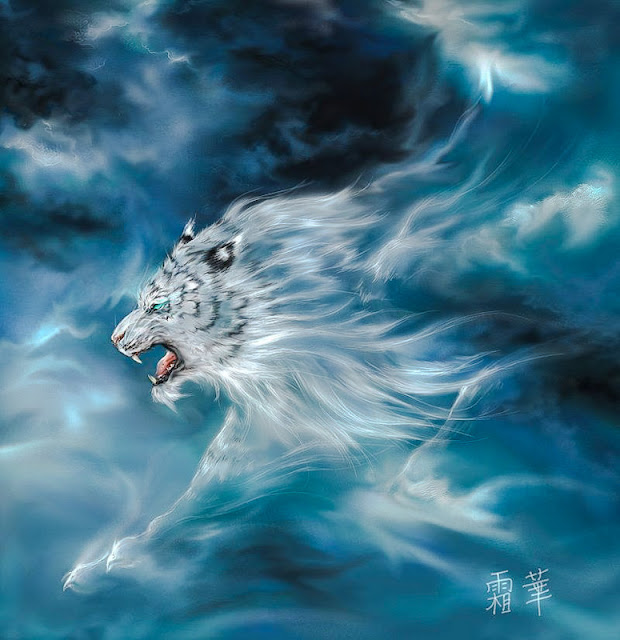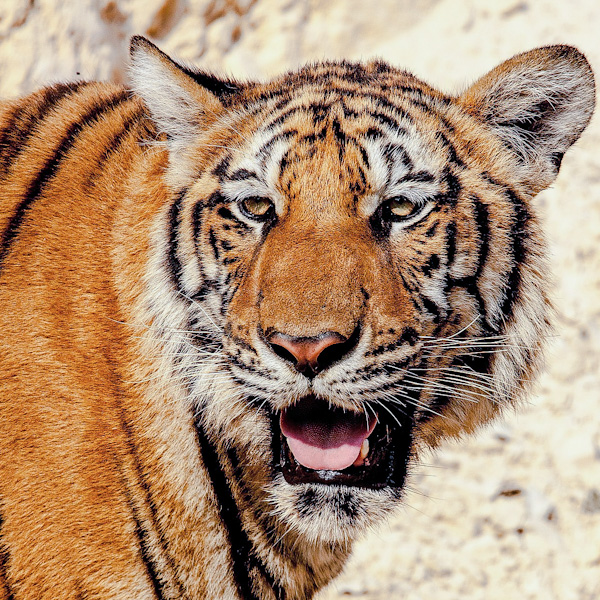The dichotomy in the human-tiger relationship
For the past 20 years humankind has known that it has to protect the tiger because the animal is too iconic. It is the most outstanding and high profile wild species on the planet. The dichotomy arrives because the tiger interferes with the innate desire of humans to multiply their numbers, to grow their economy, to pursue their self-interest and to survive. Which objective is the more powerful?
 |
| Tiger hunting by Col William Rice 1850 in India. Image in public domain. |
If we turn the clock back to India, where the tiger primarily lives, to 1850, an officer in the army, Col William Rice, shot 158 tigers between 1850 and 1854. Another officer, Col Gordon-Cumming shot 73 tigers in one district over two years. At this time tigers were seen as pests. They got in the way of village life and were seen as evil, destructive and treacherous. Killing them in large numbers was acceptable and indeed necessary.
They discovered that it was harder and harder to find and shoot them. Very quickly certain parts of India had moved on from places of wild landscape were tigers were shot in large numbers to areas of human civilisation, so-called.
Moving forward to 2020, humankind having decimated the tiger population in India to around 1,500 to 3,000 estimated tigers in the entirety of the country, people now realise that they've reached the end of the road on conservation. There are many tiger reserves in India and in some there are no tigers. It's extraordinary to state that but it is indicative of a failure in tiger conservation.
People are at the very end of the journey of tiger conservation and over the past 150 years or more human self-interest has been a bigger driver than tiger conservation. In this dichotomy the former outweighs the latter and there is nothing to suggest that it will change.
It is likely that at the end of the next hundred years tigers will be extinct in the wild. There will be many zoos where inbred tigers are held captive. They would have to be inbred because the only tigers available to sustain the tiger population would be those in captivity. Wild cat species do not breed well in captivity. It wouldn't be possible to inject fresh blood into the tiger population. It would be stale captive tiger blood and the quality of tigers would gradually diminish.
The biggest tiger population in the world in a hundred years time will be captive tigers in China where they'll be bred exclusively for tiger products such as their traditional Chinese medicine, tiger wine or any other product which they believe improves their health and welfare. In short, tigers will be reduced to livestock.
It is ironic to state that the highly discredited and convicted criminal Joe Exotic who at one time owned and ran America's biggest private zoo containing many tigers, always stated that he believed that the tiger would be extinct in the wild. That was his justification for his zoo, he said. In a perverted kind of way he was a tiger expert. He is currently serving a 22 year sentence in prison because he conspired to murder the founder and chief executive Big Cat Rescue in Florida, Carole Baskin.




Comments
Post a Comment
Please comment.